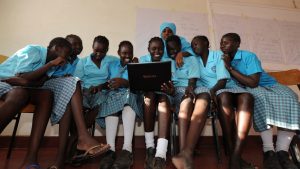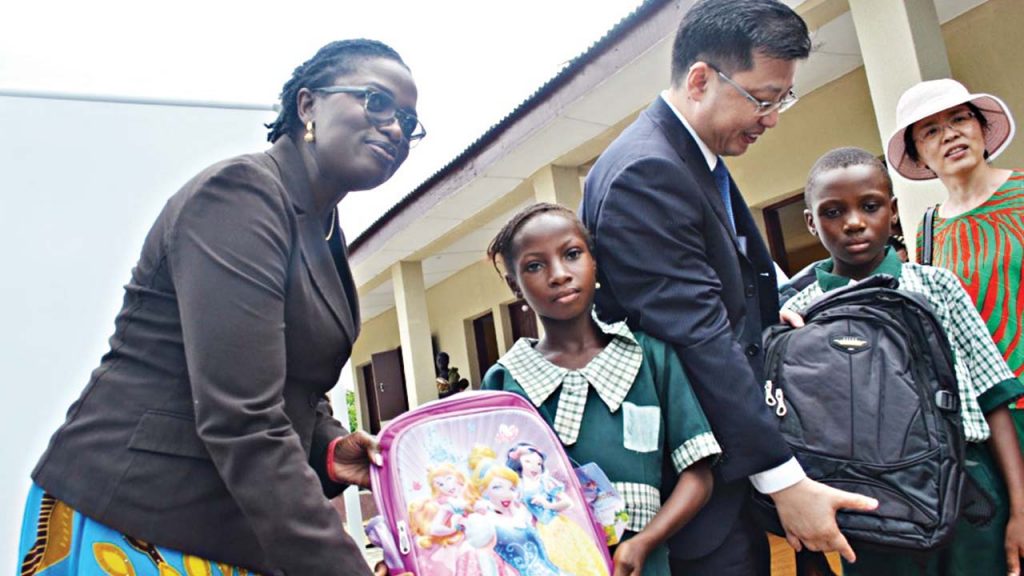There is overwhelming evidence that empowering women and girls has transformative personal, social, economic and health benefits for individuals, their children, families and society at large.

And yet the recent startling statistics by the African Union show that out of 75 percent of girls starting school in Africa only 8 percent finish. This calls for African countries to reflect on the urgent matter as we commemorate International Women’s Day 2017 but all hope is not lost.
Further statistics provided by the AU reveal that only seven in ten children who begin primary school in sub-Saharan Africa will stay in school until the last primary grade. Less than a quarter of high school aged girls are enrolled in secondary school in sub-Saharan Africa.
This year’s theme: ‘Be bold for change’, cannot have come at a better time when the Africa Union has declared 2017 as the year for “Harnessing the demographic dividend through investments in youth.
The continent has committed to putting education at the centre of focus. If there is one thing that Africa’s leaders and society at large are to take a bold stance on, it is women’s and girls’ access to quality, relevant education.
Research has shown that simply getting girls into primary school does not ensure they complete schooling. Education initiatives have not been multi-dimensional enough.
Most are still focused on narrow mainstream education competencies of literacy and numeracy, leaving out personal, social and economic competencies that many women and girls need to survive and thrive. As a result, interventions, have come short.
Promising approaches
It’s not enough to provide cash transfers and scholarships but introduce multi-dimensional education programmes are designed to provide girls competencies or assets beyond the narrow core educational competencies of reading, writing and language fluency to include personal, social and economic competencies which inculcate important knowledge, skills and values.
An example of promising multi-dimensional approaches is the Room to Read adolescent girls’ education programme, which is already being implemented in nine countries. It was created around a life skills education framework, consisting of 10 core life skills to negotiate key decisions as a way of address these multi-dimensional needs. FAWE, CAMFED and Care have also developed very promising multi-dimensional approaches to education that are worth considering for scale up.
For multidimensional investments to have a far-reaching impact, there must be investment in girls in both the formal and non-formal education opportunities. In order for these multidimensional interventions to succeed, collaboration across sectors such as education, health, labour and adolescent development, is imperative.
Multi-dimensional approaches to education for girls in Tanzania
The Graça Machel Trust acts as a catalyst, working across the continent to advocate for the protection of children’s rights and dignity, and amplify women’s movements by harnessing and promoting their contributions to the economic, social and political development of Africa. The Trust has partnered with the Tanzania’s Mara, regional government to identify, enrol and retain 20 000 out-of-school children between 7-17 years old in the next two years.

